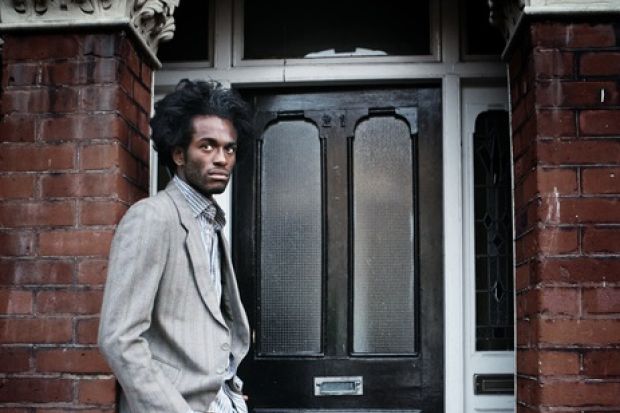Against the backdrop of Black History Month in Canada and the Supreme Court challenge to race-based admissions in the US, a conversation about what post-secondary institutions must do to advance equity, diversity and inclusion (EDI) is happening across North American academia.
While Black History Month provides an opportunity to reflect on the achievements of people of African ancestry in the Americas, it is also a time to take stock of what lies ahead – both challenges and opportunities.
The fundamental question is how we can better serve marginalised communities, with particular focus on Indigenous and Black communities. This is what keeps me engaged (and awake at night) in my new role as Western University’s first associate vice-president of EDI.
For those working to advance equity for Black people on Canadian campuses, it means hiring Black faculty and staff, opening admission to more Black students and providing the resources for their success. This stands in contrast with what’s happening south of the border, where the Supreme Court’s disheartening examination of race-conscious admissions programmes at some universities once again raises questions about society’s understanding of equity. The key tenet of equity is to level the playing field for those who have been marginalised in the past.
Universities must start by understanding who their applicants are. Currently, there is no consistent opportunity for students to self-identify as Black when applying to universities in Canada. Hence, institutions do not know how many Black students are knocking on their doors – or, for that matter, how many are simply turned away as part of the general population. An equitable system would provide for self-identification at the point of application.
Who is not applying to our universities is of equal importance. If one programme consistently attracts few Black applicants, then we must ask: “Why is that so?” and “What can we do to change it?”
In conversation with Black students, it is evident that the cost of university is a significant barrier for many to navigate. This calls for a fresh look at how we increase diversity on campus. We cannot simply open the door for Black applicants and feel assured everything will work out. We must also provide the resources to support them through their studies. Universities must invest in more scholarships and bursaries specifically for Black students.
And it is critical that information about financial support be widely available and easily accessible. What good does it do a Black student if – as we say back home in my northern Ugandan village – they must cross 10 rivers before they get the resources they need?
The focus on the welfare of equity-deserving students necessarily invites a conversation about the campus community itself. Who will students have as their teachers, mentors and peers? Representation matters. Research tells us students are encouraged when they see people who look like them. The pathway for success for Black students must include Black faculty and staff.
Hiring Black faculty and staff, in other words, is a smart investment, not simply to increase diversity in itself but also because it provides a solid foundation on which we can better support Black students and students of colour. The inclusion of more diverse voices is at the heart of transforming campus spaces into welcoming and inclusive communities.
But this progress cannot happen in a vacuum. We need to work together to advance these goals. In my time at Western, I have met with members of our campus community and reached out to the broader Black community to engage them in conversations about scholarships and bursaries, pathways into professional programmes and the creation of a new Black studies programme.
I am encouraged by the tremendous response and the keen desire for change across academia in Canada. I know change does not come overnight, but I am equally aware that we must show progress. We must point to numbers that demonstrate we are moving the needle on EDI.
Through it all, we must reflect honestly – as we do every year during Black History Month – on the question “How are we doing?” How far have we come in creating equity for Black faculty, staff and students and what is next on our agenda to keep the momentum going?
I know that change may not happen with giant leaps. But, as the Chinese proverb says, a journey of a thousand miles always starts with a single step.
Opiyo Oloya is the first associate vice-president of equity, diversity and inclusion at Western University, Canada. An author and advocate for social justice and human rights, he came to Canada as a political refugee from Uganda. He was previously a teacher, vice-principal, principal and superintendent with the York Catholic District School Board.


No comments:
Post a Comment